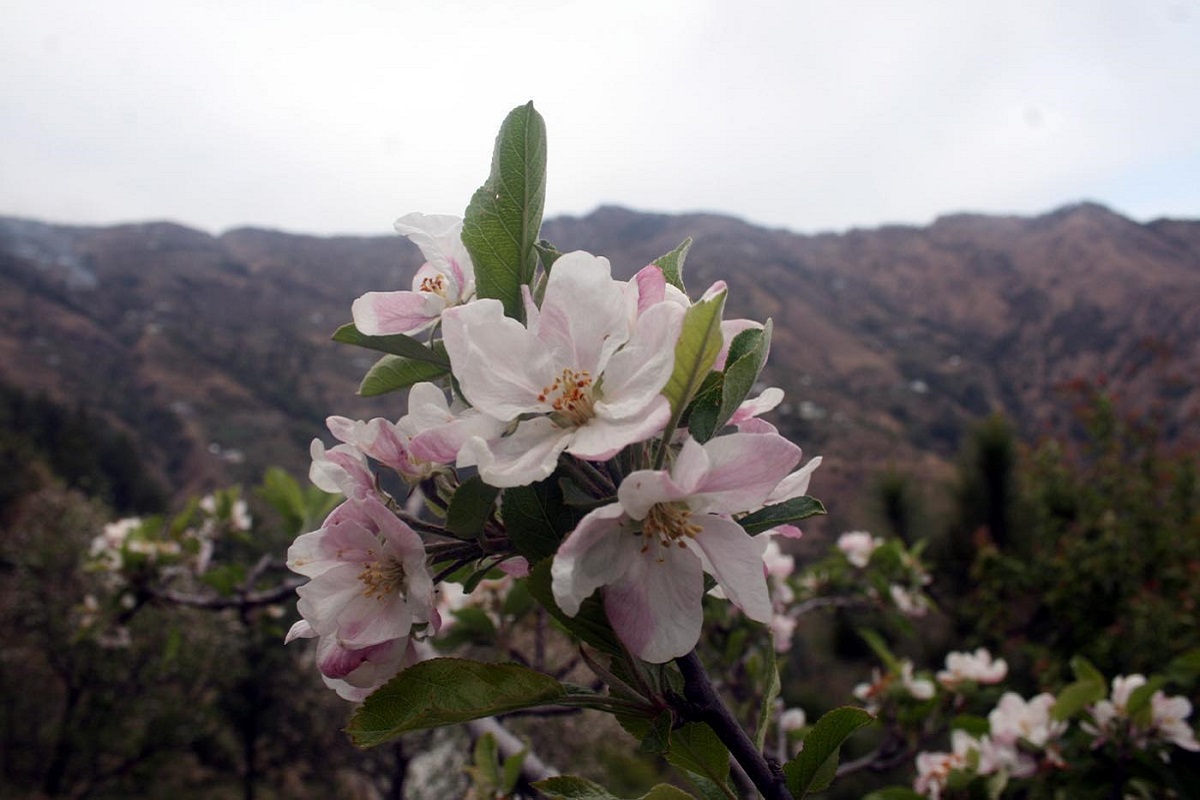Edible flowers are a fun and easy way to add color and flavor to all sorts of dishes — especially when you can pick them right from your garden.
Most edible flowers are best eaten raw—simply pick and rinse with water. Flowers will taste and look their best right after they have opened, rather than after they have been open for a few days.
There are only two important things to remember about edible flowers: First is that not every flower is edible. Some flowers can be poisonous. So stick with flowers on the list below, or do sufficient research to ensure your safety. The second caution is to avoid flowers that may have been sprayed with an insecticide, fungicide, or herbicide. Because most edible flowers—except for roses—are easy to grow, this is rarely a problem. Be sure to take dandelions off the list unless you have an organic lawn.
For flowers that look good as well as taste good, consider some of the following:
Rose
Rose is amongst the most powerful, widely used flowers of all. It has a sweet fruity flavor. Gulab Jal and Gulkand are some common rose preparations we widely know about but did you know that rose tea can help you get rid of that extra flab. Rosewater with cinnamon and honey can be enjoyed as a tea to reduce weight.
Adding honey-dipped or dried rose petals with nuts in your salad will get you the best salad award as it doesn’t just please your eyes but gives you a soothing and wholesome culinary experience.
Jasmine
Jasmine tea, jasmine perfume, and more. It is popularly known as mogra in Hindi. There is a constant dilemma if Jasmine tastes better or smells better. The subtle sweets and highly fragrant aroma makes it one of the chef’s favorite ingredient in the kitchen.
Jasmine can be added to your cookies, cakes, salad and, tea. Jasmine rice is a popular Asian dish savored worldwide. Scientifically known to reduce blood pressure, relax the nerves, mood enhancer, known to control insomnia and boost the immune system. The powerful antioxidant jasmine also works as a catalyst for anti-aging.
Nasturtium
Nasturtium flowers and leaves have a peppery flavor. Add it to your morning avocado toast, green salad, sauces and, dips! Imagine surprising your guests with a full flower power game by serving them Nasturtium mayo dip and chips. High in vitamin B1, B2, B3, C also contains manganese, iron, phosphorous, and more. Nasturtium has medicinal benefits. It is applied with oil on the skin to relieve muscular pain. Nasturtium mixed with herbs can cure UTI, cough and, bronchitis.
Hibiscus
Hibiscus is a winter superfood. Taste-wise hibiscus has unique citrus and bitter taste. In Andhra Pradesh, the locals add hibiscus in lentil curry to prepare a popular dish called the Gongura pachadi.
Dried hibiscus can be added to your cakes, tea, chutneys, and more. High in vitamin C, fiber, and minerals hibiscus flowers are good for weight loss, good skin, and hair. Hibiscus and coconut oil or hibiscus water with shampoo softens your hair too.
Amaranth Flower
Synonymous to Kashmiri cuisine, the Amaranth flower qualifies as a superfood. It is an essential ingredient in Kashmiri Rogan Josh, Aloo Bukhara, and Wazwan.
The red velvety and wool flower makes a red fiery powder used as a popular ingredient in Kashmir and Himalayan local dishes. Mawal, as it’s locally called, is gluten-free. One can add Amaranth flowers to your curries, soups, and salads. It is rich in fiber, vitamin K, minerals, and anti-oxidants.
The beauty ingredient is known to leave your skin supple and young when applied on the face or consumed with soup.
Marigold
Marigold has religious, ornamental, and medicinal importance in India. The beautiful orange and yellow marigold petals can be added to your tomato-cucumber salad, tea, butter, juice, jam, rice, desserts, and more.
Popularly pronounced as ‘saffron threads’ in Greek, marigold is widely used in many European dishes. It can be easily harvested in many parts of the world. Marigold supports skin healing, acts as a natural antiseptic, is rich in vitamin A, reduces eyes infection, and protects skin from UV rays.
Other than these there are many Indian flowers with plenty of powerful benefits such as the bell-shaped Rhododendron, the state flower of Sikkim.
This respectfully used flower in the Himalayan region blooms only between January to March. The leaves are poisons and must not be used. The flower is rich in calcium, vitamins, and minerals. Rhododendron is known to cure headaches instantly.
Moringa, tamarind, anise hypos, papaya, and banana flowers are some of the many edible flowers that will add health and aesthetic presentation to your dishes. So add a dash to your recipes with lots of flower power.











